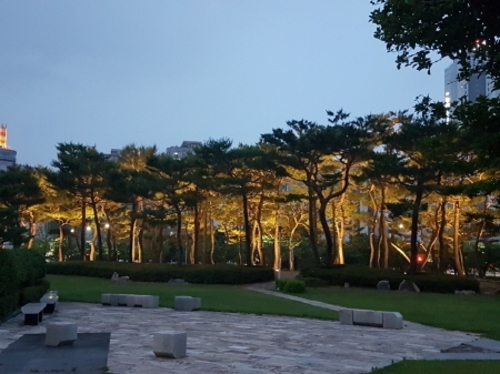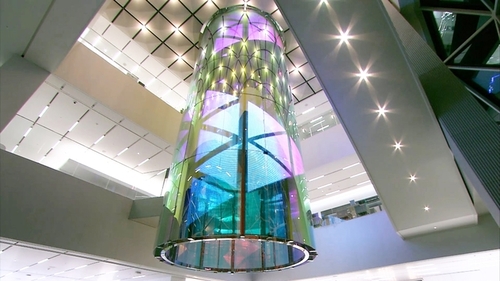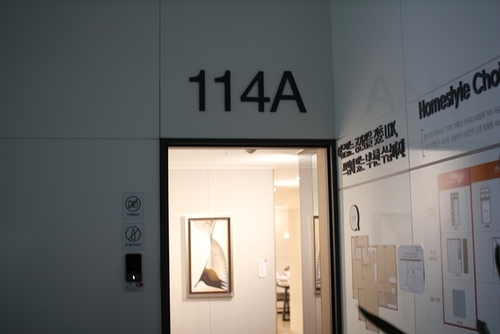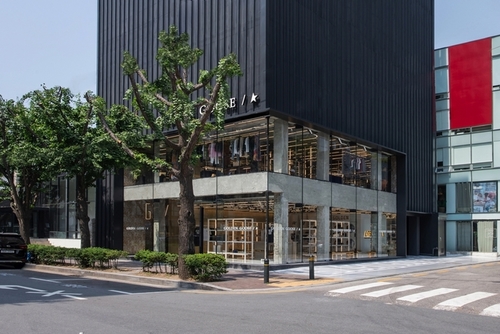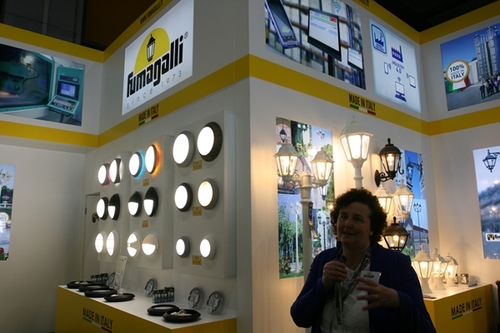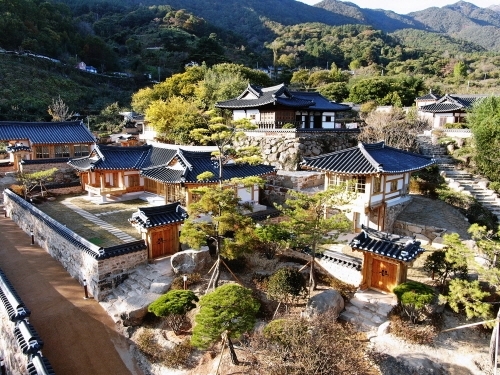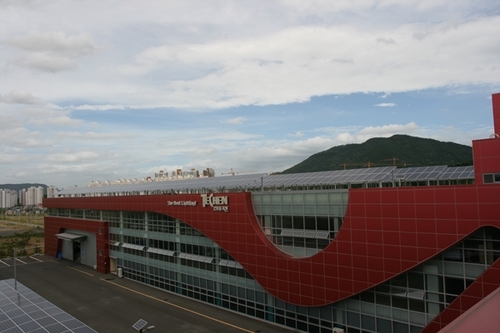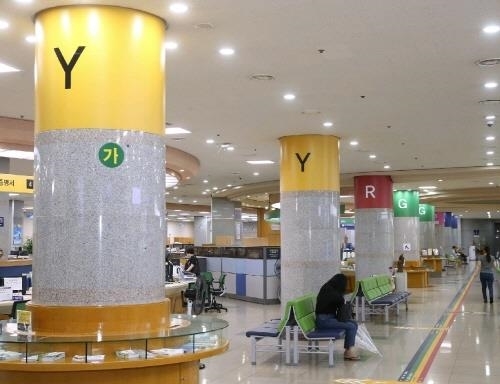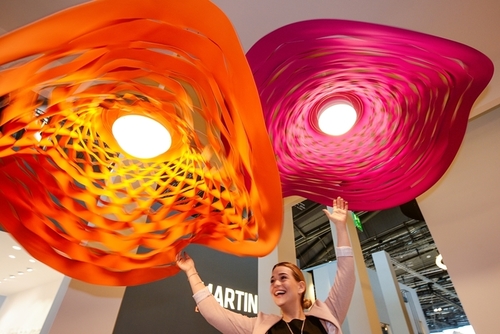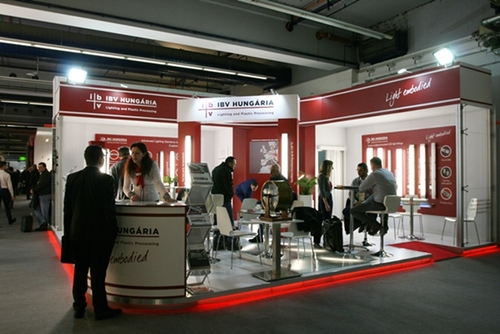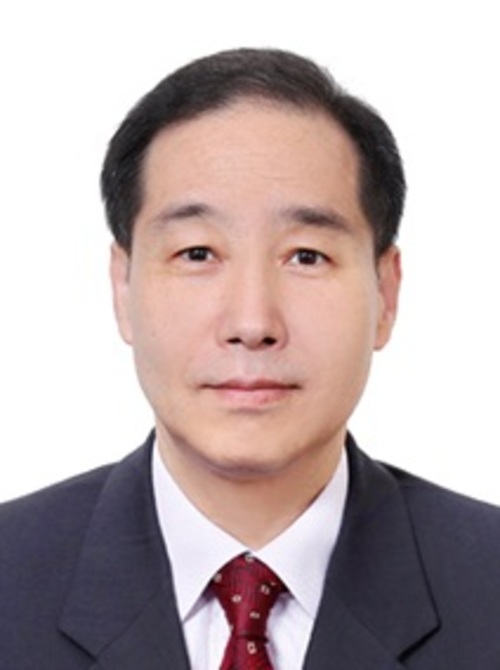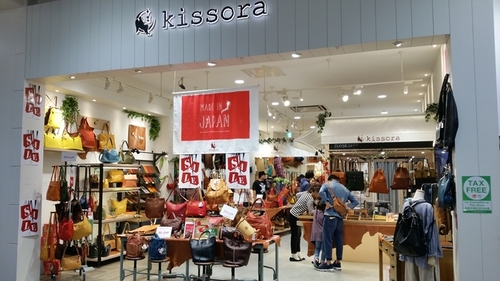The world's lighting companies fall into '4 traps'
No differentiation of production locations, technologies, and products competes solely on'price'
The world's lighting companies fall into '4 traps'No differentiation of production locations, technologies, and products competes solely on'price'
However, it was a general comment that “this year's exhibition showed fewer exhibits of new technologies and new products than in previous years.” If so, why? Let's look at the'uncomfortable truth' behind the decline of new technology and new products in'Ligt+Building 2018'. world's most important consumer electronics show. Meanwhile, the'MWC (Mobile World Congress') held every February in Barcelona, Spain is considered one of the most important exhibitions and conferences in the field of electronics and information communication. 'Ligh+Building', which is held every two years in Frankfurt, Germany, is the exhibition. exhibition has a very long history. The root of this exhibition is the “Hannover International Lighting Exhibition” held in Hannover, Germany every April from 1947 to 1999. further expand the scale of the exhibition in the electrical and electronic sector, Germany's largest exhibitor, Messe Frankfurt, brought this'Lighting Exhibition' and started opening it in April 2000 This is'Light + Building (Frankfurt International Lighting Exhibition)'. “the best in the world”. which showed prominence after the appearance of LED lighting in'Big3' of traditional lighting such as Philips, Osram, and GE. From display to China's Opple, companies that dominate the lighting industry and lighting market in the world are participating in this exhibition. Electronics, LG Display, Seoul Semiconductor, Maltani, Phillux, Alto, Dongmyeong Electric, and Lumens were listed as participating companies in this year's'Light+Building 2018'. They are “national-level” companies that can be said to represent the Korean lighting industry. This situation is the same in other countries. This is the reason why “Light+Building” is referred to as the “World Lighting Olympic Games”.
significantly decreased. Products that differentiate them from other companies' products have also decreased. exhibitors at the exhibition booth are “made in China”. China.” with products produced in their own companies, with their own technology, and in their own countries." companies over the past 20 years (Korea Lighting Newspaper, April 2, 2018, No. 359 3). Page planning and analysis article) market in each country has increased tremendously. In the US, more than 60% of all lighting products imported as of 2016 were made in China. companies in the US and Europe that participated in the '2018 Hong Kong Autumn International Lighting Exhibition' held in October 2017 that produced products in their own countries. production of products was often done in China or Taiwan. However, if there is a difference, whether it is OEM production, a joint venture to establish a factory in China, or a 100% investment to establish an own factory in China, it was about. production base, and then getting caught upside down by China. If you increase the proportion of dependence on the other person for something, later on, the other person will have more power. This is exactly the situation between lighting companies around the world and local OEM companies in China.
interview to reporters from all over the world to cover'Light+Building 2018'. interior, electricity, etc. who meet during the'Happy Hour', a'time for reporters' held at the press center from 5:30 pm every day during the exhibition period. I decided to randomly choose among them. current situation in the global lighting industry and lighting market. that "the world's lighting industry and lighting companies are currently falling into'four traps'." product has been leveled ▲the trap that there is no choice but to compete in price with low-priced products
production when necessary” gradually disappears as the establishment and production of local factories in China are increased. Instead, costs and administrative burdens such as higher labor costs and higher management costs at Chinese factories increase. When this happens, foreign companies that have set up factories in China are increasingly trapped in China. management costs by setting up factories in Vietnam, Laos, Indonesia, and Malaysia, or by increasing OEM production. run factories in neighboring countries where wages are cheaper than China.
longer difficult to develop innovative technologies, and ② as the technology of Chinese lighting companies rapidly increases, the difference with foreign companies has almost disappeared. tolerable technology in the future, and that Chinese lighting companies have become real competitors that threaten foreign companies.
same place in China, making products with similar technologies made it difficult to'differentiate products'. competing only for'price'. This situation leads to the fourth trap.
1~3. It means that it is not differentiated by production location, technology, and product, so it has no choice but to compete with price, the last remaining competitive factor. competition,” sales and profits decrease. To compete on price, you must first find a way to lower prices. productivity. It means producing more products with the same cost, the same time, and the same manpower. effort. If you want to increase productivity by automating production facilities or replacing them with new facilities, you will have to invest enormous amounts of money. Since such facility investment leads to an increase in cost, it may offset the effect of productivity improvement in the short term. As such, the risk burden that companies have to bear is also increased. reducing the number of parts in a product or replacing parts with cheaper products. in terms of product performance, quality and life. In the long run, it is risky for companies to lower the price of their products in this way. When the performance and quality decrease, the buyer's evaluation of the product decreases, and the price offered by the buyer decreases. If it goes wrong, the company is stigmatized as a company that makes low-quality products, and the company's reputation is deteriorated and its position in the market becomes unstable.The third way to lower the price of a product is to reduce profits. to 5,000 dollar. This method is an easy way to lower the price of the product. However, in order to reduce profits in this way, sales volume must increase as much as profits are reduced. even sales and profits decrease is literally a nightmare for companies. drastically increase sales and lower the cost of production per product. This method lowers the price of the product by taking advantage of the reduction in fixed costs that occur when sales volume increases. However, the question is how to increase the sales volume of the product. accordingly. As such, the effect of price competition is limited, and the result of a decrease in profits from price competition is too great. competition is that there is no way to outperform competitors other than that. However, the damage caused by price competition is too great. lowering product prices → decreased sales → decreased profits → worsening management → reduced investment in technology and product development → lack of new technology and new products → decreased sales again. This'vicious cycle' continues until the company collapses, and ends when the company goes bankrupt. lighting industry and lighting companies are going to a stage where they are losing their ability to develop new technology new products due to decreased sales and profits.
world' is probably the first large-scale'reporter face-to-face coverage' in the history of the world lighting industry. It wouldn't be too much to say. the current status of the lighting industry in each country and the reality of the global lighting industry and lighting market. competition' between the global lighting industry, the lighting market, and lighting companies. lighting companies will be born and disappear. Yesterday's strong person becomes the weak today, or yesterday's weak person becomes the strong today. only thing that is so obvious. And the path that the world's lighting companies should use as a compass may also be hidden in these words.
<저작권자 ⓒ 월드라이팅뉴스 무단전재 및 재배포 금지>
댓글
tprP whauddjqcpemfdl Qkwls gkawjd 관련기사목록
|
인기기사
Special Feature 많이 본 기사
|




